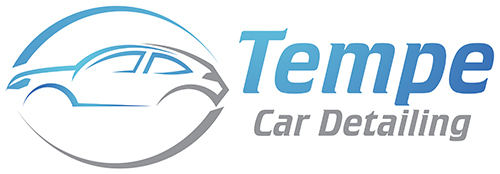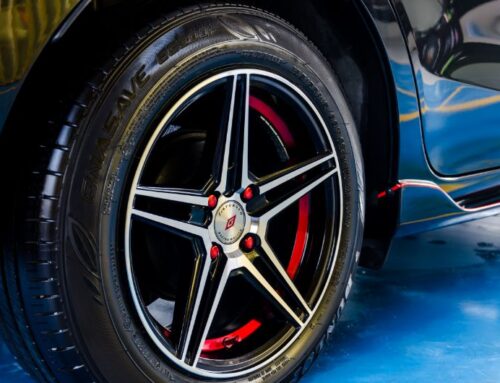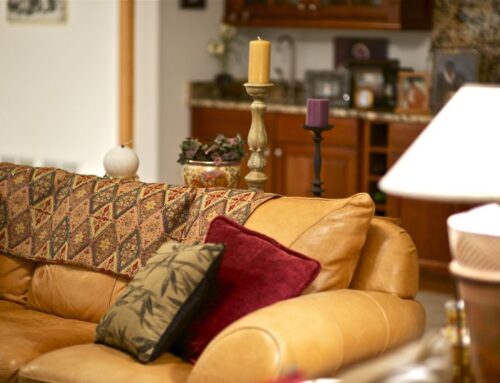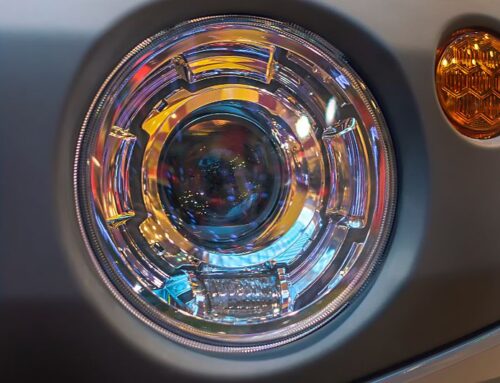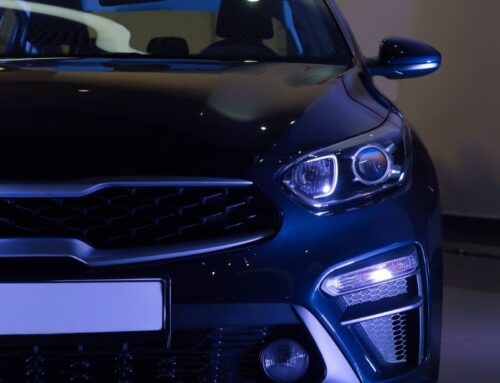If your car dashboard is looking a little dull, you may want to consider restoring it. There are a number of things you can try, including olive oil and petroleum jelly. The first two products are popular among car enthusiasts. However, if you’re looking for a more permanent solution, you may want to consider applying 303 (r) Aerospace Protectant.
Simple Green All-Purpose Cleaner
If your car dashboard looks dingy, you can restore it to new condition by using Simple Green All-Purpose Cleaners. These environmentally friendly products clean car interiors and exteriors safely and effectively. They also won’t damage your car’s paintwork if used properly. These products should be mixed in a bucket with water before use.
The dashboard is the first part of your car’s interior that most people see. Like the exterior, it has nooks and crannies where dust, dirt, and oils can accumulate. Simple Green All-Purpose Cleaner is gentle enough to clean loose dirt, yet strong enough to remove even the toughest debris.
Simple Green All-Purpose Cleaners come in a variety of colors and can be used on the dashboard or in the car’s interior. The exterior version of Simple Green is not approved for use on Air Force One, and the White House commissary has banned it from sale after complaints from aides. Simple Green is also not approved for use on convertible tops, as it can dissolve the fabric. However, Stoddard solvent is far more toxic than Simple Green.
Toothpaste
 If your car dashboard has become grimy, you can use toothpaste to clean it. Simply mix some toothpaste with water and apply it to the dashboard. Use a toothbrush if necessary to get into crevices and angles. If a toothbrush is not available, you can also use a clean microfiber rag. Dip the rag in the mixture and scrub the dashboard.
If your car dashboard has become grimy, you can use toothpaste to clean it. Simply mix some toothpaste with water and apply it to the dashboard. Use a toothbrush if necessary to get into crevices and angles. If a toothbrush is not available, you can also use a clean microfiber rag. Dip the rag in the mixture and scrub the dashboard.
You can also use toothpaste to clean the headlights of your car. Apply it to the affected area and rinse with clean water. You can also use a mixture of vinegar and water. The solution will lift stains and remove grime. This method is safe for both non-porous surfaces and plastic.
303 (r) Aerospace Protectant
Using 303 (r) Aerospace Protectant on your car dashboard can give it a new matte finish. It was originally designed for aerospace applications but is equally suitable for your car’s dashboard. The product is applied by a spray or wipe and will repel dirt and contaminants. You can use it every 30-45 days to maintain a clean dashboard.
The aerospace protectant is an excellent choice for car dashboards, especially for those that are starting to fade. Its water-based formula is non-flammable and won’t harm the surfaces. It works to give the dashboard a richer look and is recommended by many detailers. The product leaves no oily residue and is easy to wipe clean. It protects the dash for up to six to eight weeks, and has a high rating on Amazon.
The product repels dirt and water and resists stains and other contaminants. This means that you’ll need to clean your car’s dashboard less frequently and your dashboard will remain in like-new condition. The product also restores the original finish of plastic and vinyl. It also prevents the materials from hardening, yellowing, and clouding.
Gtechniq Matte Dash
You might not realize it, but car dashboards can look old and faded after a few years, but the good news is that you can make your car’s dashboard look brand new again! Gtechniq Matte Dash is a durable, water-based car dashboard cleaner that is easy to apply, and its UV-protecting formula will prevent fading and keep your dashboard looking new.
The Gtechniq C6 Matte Dash is a high-quality interior protectant that leaves your dashboard with the perfect OEM look. Most vinyl protectants leave a shiny finish, which used to be very popular, but nowadays, more people prefer the look of a natural, matte finish. This is why Gtechniq Matte Dash is the right choice for you.
The haze and shine on your car dashboard is probably the result of overexposure to UV rays and heat cycling. Car manufacturers reformulate polymers for the interior of their vehicles, but these new formulas break down when exposed to heat and ultraviolet light. The resulting residues work their way up the dashboard, making the dash look “melting.”
